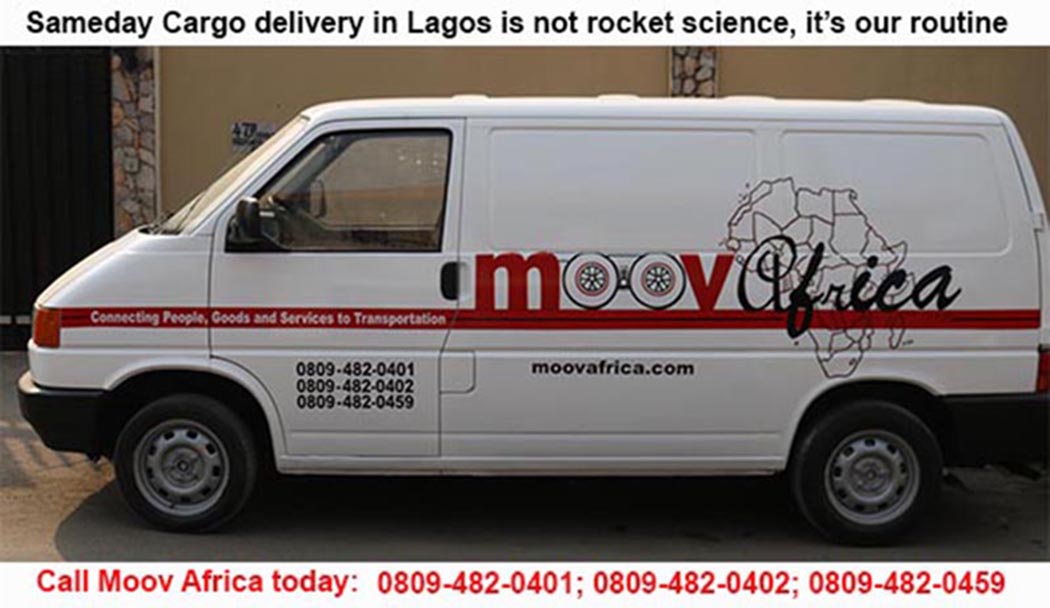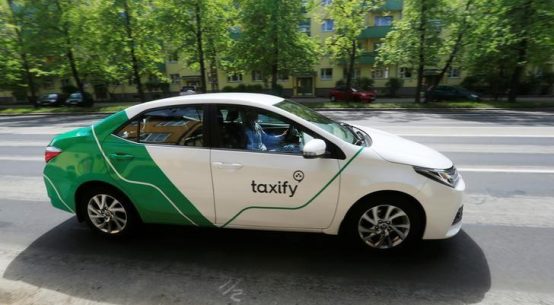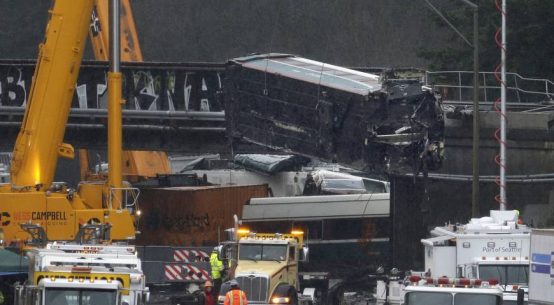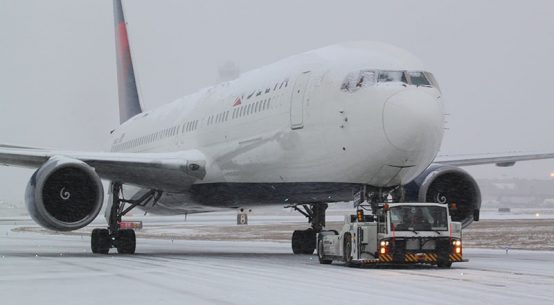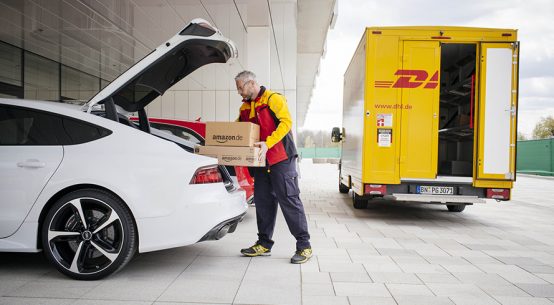
Vehicles damaged in Hurricane Harvey and its aftermath at an auction lot operated by Adesa, a division of KAR Auction Services Inc., in Houston in September 2017. PHOTO: BLOOMBERG NEWS
Thousands of vehicles swept up in Hurricane Harvey last year are being shipped around the world after insurers declared them total losses in the U.S.
‘There’s a market for these cars somewhere. I just wouldn’t want my wife driving one of them.’
Hundreds of thousands of damaged cars written off as total losses following hurricanes that hit the U.S. last year are finding new life overseas.
The automobiles were caught up in floods as Hurricane Harvey pushed heavy rains and floodwater across a wide swath of the U.S. Gulf Coast in late August 2017, leaving many vehicles damaged but largely intact. Insurance companies have declared many thousands of them as total losses, leaving some to be sold for scrap and others to enter distribution channels for repair and delivery to wholesale car dealers and auto-parts salvagers as far away as Africa, the Middle East and Southeast Asia.
“Once these insurance claims start to get processed and concluded, we start to see those cars getting exported,” said Christian Pedersen, head of trade and marketing for ocean-shipping firm Maersk Line’s North America business. Maersk Line, a division of A.P. Moeller Maersk SA and the world’s largest container shipping line, carries used automobiles in cargo containers, which can hold up to five vehicles.
In 2017, the total container volume of car exports from the U.S. grew to 757,327 20-foot equivalent units, or TEUs, a standard measure for container cargo, up 12% from 678,323 TEUs in 2016, according to IHS Markit. Hurricane Harvey left around 600,000 heavily damaged cars in its wake in the Houston area, according to research firm Cox Automotive.
By now, most insurers have worked through the vehicle losses from Hurricane Harvey. After a car is determined a total loss—meaning it would cost more to fix it than to replace it—insurance companies retrieve the damaged vehicle and turn to auction firms to find a buyer.
Auction firms say overseas demand for such vehicles has grown in recent years, making it possible for insurance companies to recoup more of their losses after a major weather disaster. The vehicles are sold at auction as they are, without repairs.
The growth of online auctions has made it easier for wholesalers around the world to purchase the vehicles. Often it costs less to repair vehicles in regions where labor is less expensive, so a car declared a total loss in the U.S. could end up back on the road. In the U.S., a car deemed as salvage can’t be sold, registered or driven unless it is fully repaired and the owner obtains a new title.
“There’s a market for these cars somewhere. I just wouldn’t want my wife driving one of them,” said Eric Widmer of auto-inspection firm Alliance Inspection Management.
Mr. Widmer said flood-damaged vehicles generally indicate on their title that they were salvaged. Still, some uninsured cars end up in the secondary market without the proper paperwork. “There are telltale signs of water damage,” he said. “First of all the smell, that’s a big one.”
Flooding can also damage electrical systems and cause rust deep in an auto’s interior, including the brakes, he said.
Overseas demand has been a boon to companies that specialize in the logistics of international auto transport. Gediminas Garmus, chief executive of Savannah, Ga.-based W8 Shipping, said his auto-export business grew about 70% to 65,000 vehicles in 2017. The company had to lease additional lots to hold the cars, and Mr. Garmus said many vehicles are still waiting for transport.
Eric Brandt, a claims specialist and customer-service chief at Esurance, said all automobile claims from Hurricane Harvey were settled quickly, with the cars deemed as salvage and picked up for disposal within weeks of the storm.
“The secondary market is going to find the most efficient place to use that vehicle,” Mr. Brandt said.
This story was first published on wsj
,
